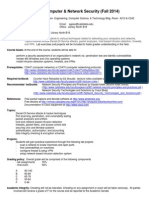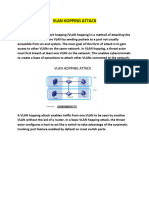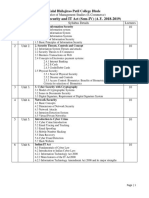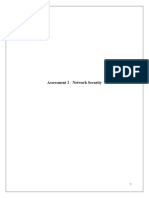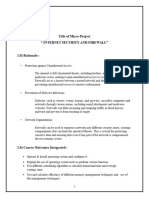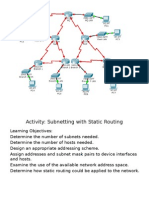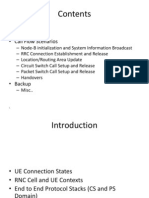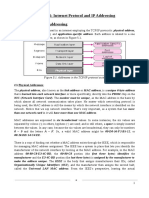0% found this document useful (0 votes)
15 views4 pagesCyberSecurity - LAB 1
The document outlines various network resources such as switches, routers, hubs, and firewalls, along with their definitions and associated security issues. Each resource is detailed with specific vulnerabilities and recommended solutions to mitigate risks. The focus is on enhancing network security through proper configuration and management of these devices.
Uploaded by
ranjitha.learning18Copyright
© © All Rights Reserved
We take content rights seriously. If you suspect this is your content, claim it here.
Available Formats
Download as PDF, TXT or read online on Scribd
0% found this document useful (0 votes)
15 views4 pagesCyberSecurity - LAB 1
The document outlines various network resources such as switches, routers, hubs, and firewalls, along with their definitions and associated security issues. Each resource is detailed with specific vulnerabilities and recommended solutions to mitigate risks. The focus is on enhancing network security through proper configuration and management of these devices.
Uploaded by
ranjitha.learning18Copyright
© © All Rights Reserved
We take content rights seriously. If you suspect this is your content, claim it here.
Available Formats
Download as PDF, TXT or read online on Scribd
/ 4





